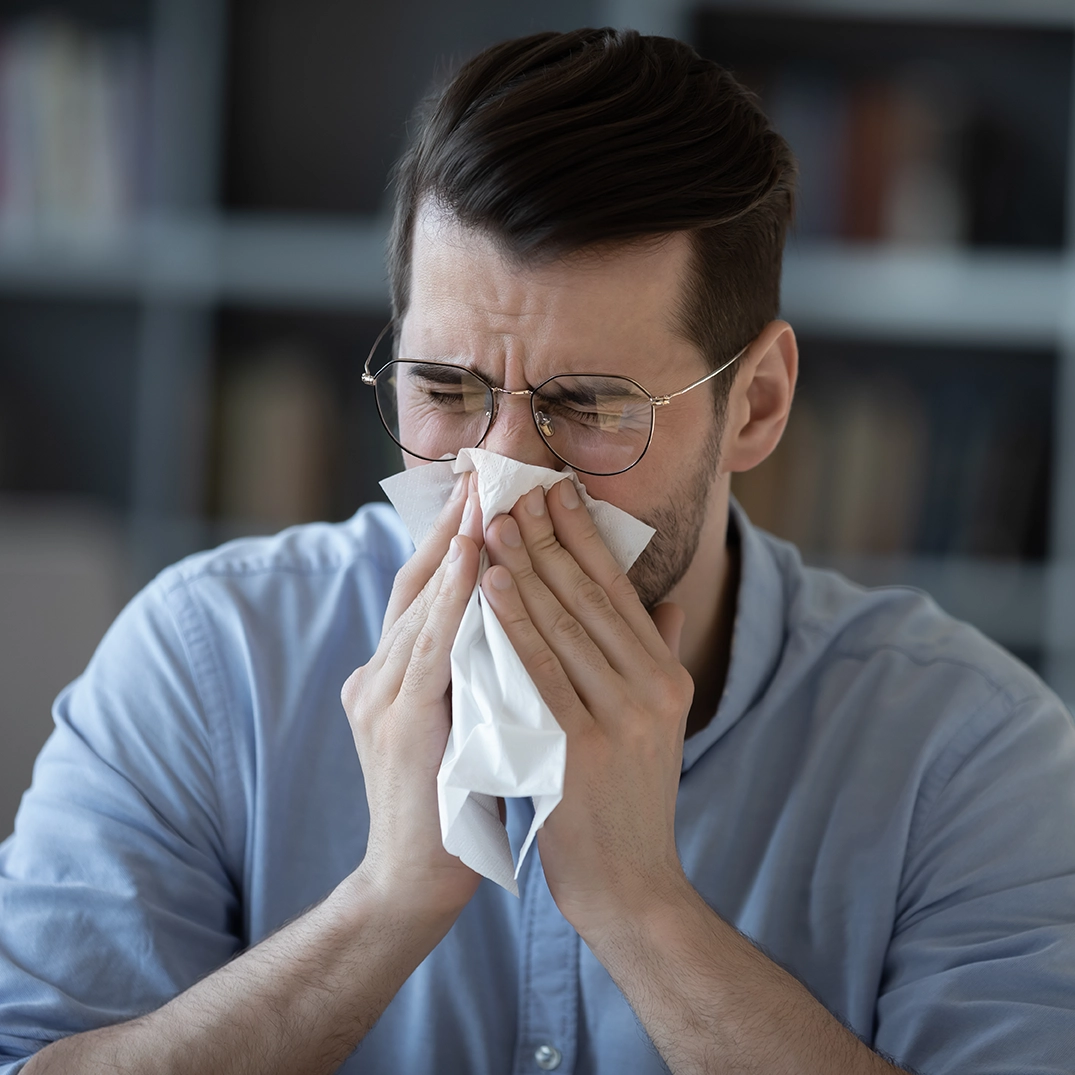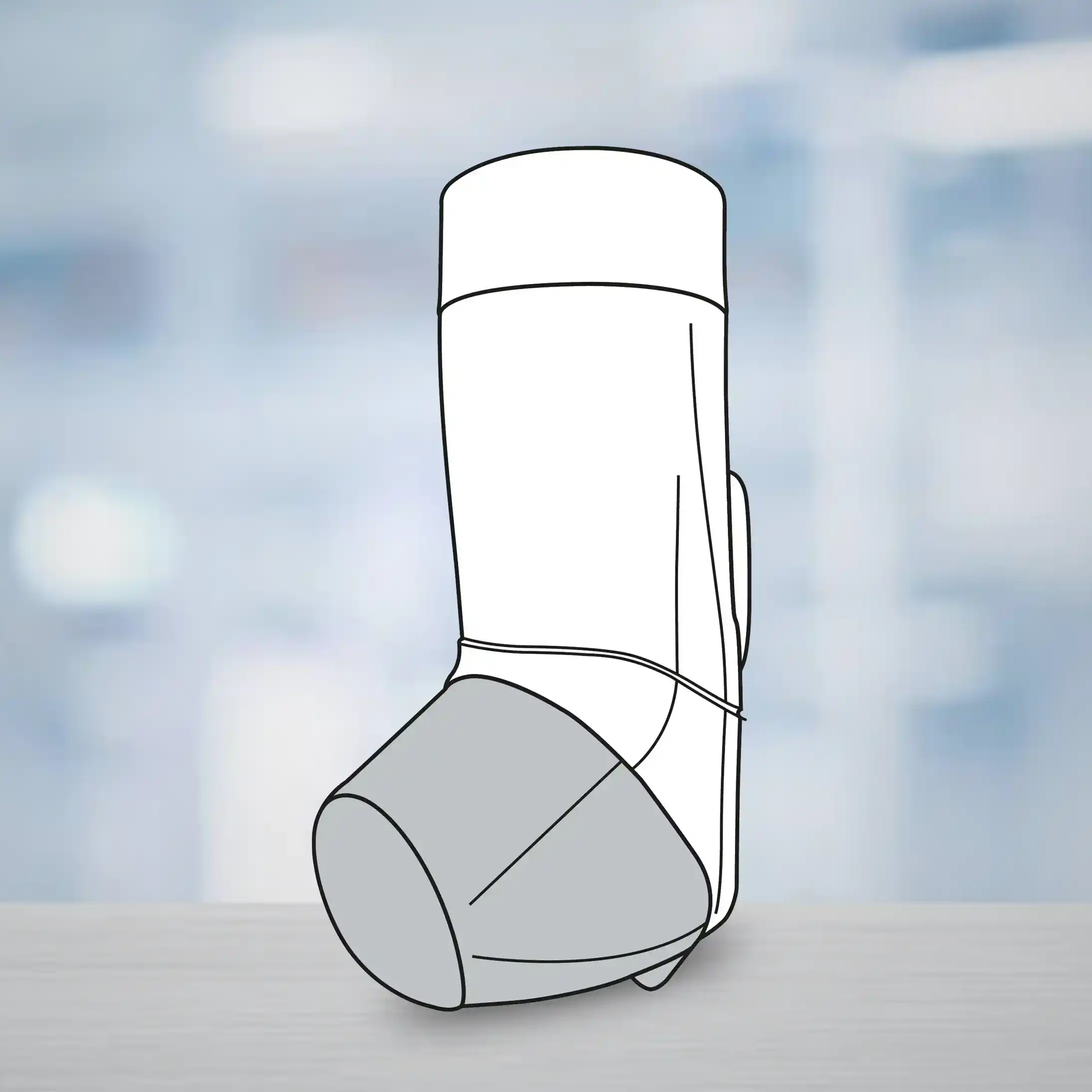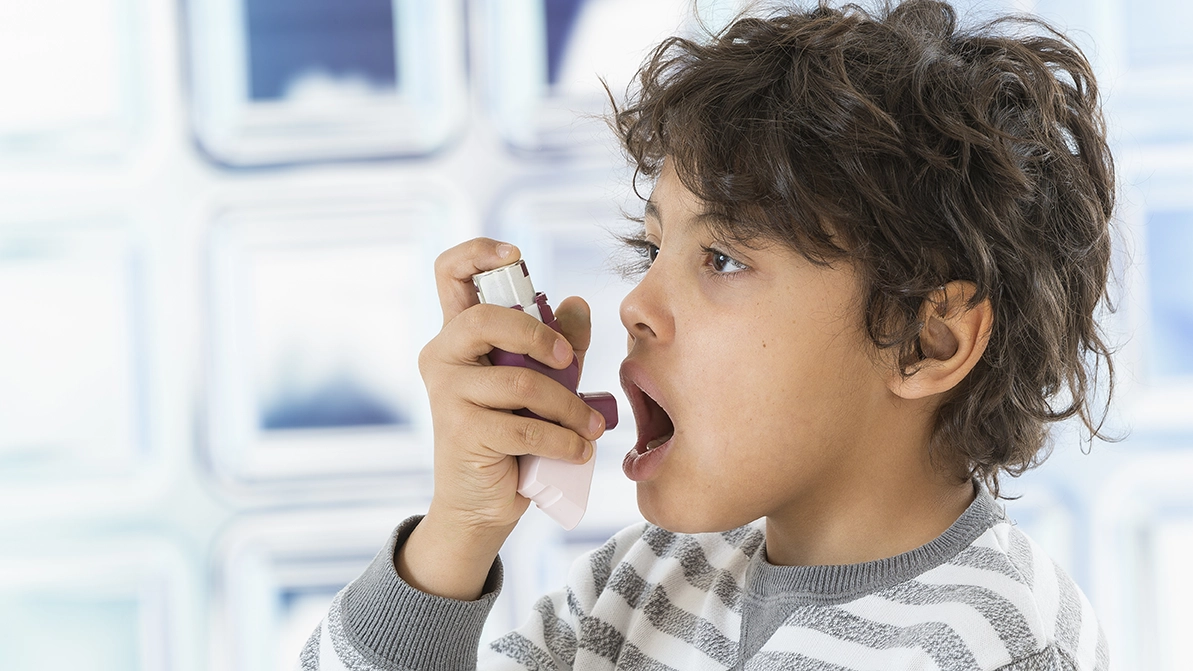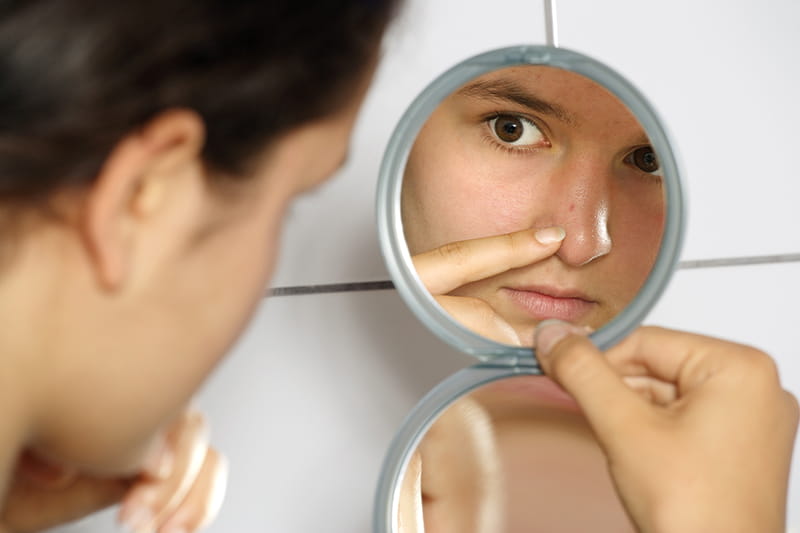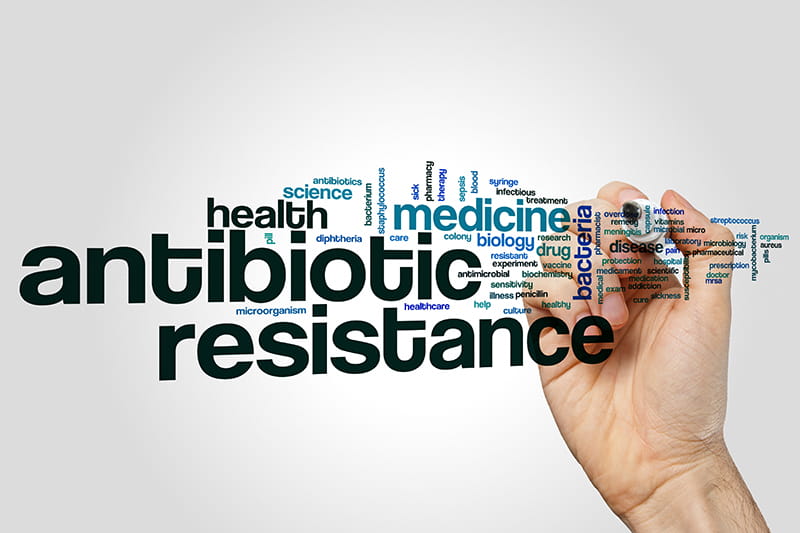Introduction
Bilastine, a novel, non-sedating, second-generation oral H1 antihistamine have been recommended for the symptomatic treatment of allergic rhinoconjunctivitis and urticaria in the current guidelines. The efficacy and safety of bilastine has been assessed in clinical trials on >4700 patients during the clinical development phase and postauthorization phases and in about 60 million patients since it received marketing authorization. However, the safety of bilastine was evaluated in a very small elderly population.
Aim
As a part of the risk management plan, the safety of bilastine 20 mg was assessed in elderly patients aged >65 years with allergic rhinoconjunctivitis and/or urticaria.
Methods
Study design
- Multicenter, prospective, open-label observational study
- Patients aged >65 years diagnosed with allergic rhinoconjunctivitis and/or urticaria were enrolled and followed up for 3 months
- Baseline signs and symptoms were recorded
Endpoints
Primary Endpoints
- Incidence of treatment-emergent adverse events (TEAEs)
Secondary Endpoints
- Incidence of bilastine-related TEAEs
- Incidence of common and uncommon TEAEs
Results
- A total of 146 patients were included, out of which 74% had allergic rhinoconjunctivitis, 19.2% had urticaria and 6.8% had both
- Non-serious TEAEs were reported by 50.7%
- The monthly and quarterly incidence of TEAEs were 0.29 and 0.88 respectively
- The monthly and quarterly incidence rates for related TEAEs were 0.04 and 0.12 respectively
- All bilastine-related TEAEs were mild to moderate in intensity
- A total of 3 patients reported 5 serious TEAEs, which included empyema, pneumonia, recurrent lung carcinoma, pulmonary squamous cell carcinoma and exacerbation of chronic obstructive pulmonary disease
- None of these serious TEAES were related to bilastine
- The serious TEAEs had monthly and quarterly incidence rates of 0.02 and 0.05 respectively
Conclusion
- Treatment with bilastine 20 mg was safe in elderly patients with allergic rhinoconjunctivitis and/or urticaria with a low incidence of treatment emergent adverse events (TEAEs)
- These findings were consistent with the safety profile of bilastine and incidence of AEs reported in previous studies and mentioned in the approved summary of product characteristics.
Allergy Asthma Proc. 2018 Jul 20;39(4):299-304. Doi: 10.2500/aap.2018.39.4136.

.svg?iar=0&updated=20230109065058&hash=B8F025B8AA9A24E727DBB30EAED272C8)

